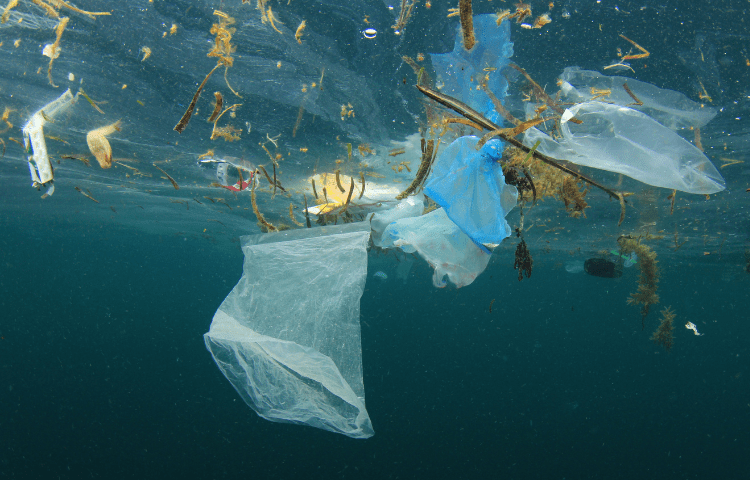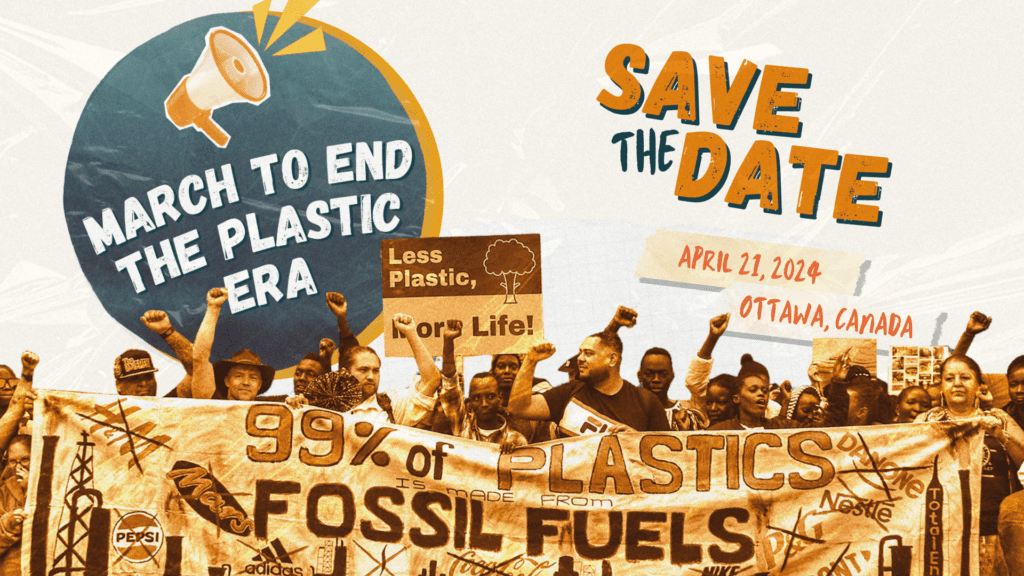Statement from Keith Brooks, Programs Director
Toronto | Traditional territories of the Mississaugas of the Credit, the Anishinaabeg, the Haudenosaunee, and the Wendat – Ontario’s recent investments in hydrogen are troubling. These are not real solutions. One is a subsidy to Enbridge—a fossil fuel giant—to build a fossil fuel power plant. Enbridge promises to blend some hydrogen with natural gas, but that’s just a dangerous distraction. Blending a small amount of hydrogen into a gas plant won’t meaningfully reduce emissions. Instead, it will lock in polluting fossil fuel infrastructure for decades.
Similarly, the province’s subsidy to Emerald—the owner of the garbage incinerator in Peel—in the name of clean energy and innovation is terrible double speak. Burning waste pollutes the air and warms the climate. What’s more, Emerald is planning a massive expansion of its incinerator in Peel, which is one of the biggest industrial polluters in Brampton. This subsidy—the largest granted to any company on the list at nearly $3 million—tips the scales in favour of expanded waste burning at a time when we need to focus on generating less waste and fewer emissions. Instead, this false solution will foist more waste and air pollution on a community that is already overburdened with both.
Instead of subsidizing these polluting waste and fossil-burning projects, the government should invest in truly renewable energy, which is a cleaner and more affordable source of power.
Background Information:
- Though hydrogen itself isn’t technically a greenhouse gas, scientists have found that hydrogen actually does contribute to temperature rise through some complex chemical reactions—and is actually 33 times more powerful than carbon dioxide. Given its tiny size, it is very hard to keep hydrogen from leaking into the atmosphere.
- Given the energy losses incurred in the production of hydrogen, it is always more efficient and cost-effective to use renewable energy directly than convert it to hydrogen. Depending on the end-use of renewable hydrogen, electricity generation requirements can be 2 to 14 times higher than direct electrification solutions for the same effect.
- So called “Blue Hydrogen”—Hydrogen from natural gas with carbon capture—is even worse for the climate than burning coal or natural gas given the methane leakage and extra fuel needed to power the CCUS technology.
- The Emerald incinerator in Brampton is the second highest local industrial emitter of the toxic pollutant nitrogen oxide, according to the National Pollutant Release Inventory.
- Emerald is developing a proposal to quadruple in size to enable the burning of more than 900,000 tonnes of waste each year in Brampton. That’s nearly a quarter of all of the household waste disposed of in the province.
ABOUT ENVIRONMENTAL DEFENCE (environmentaldefence.ca): Environmental Defence is a leading Canadian environmental advocacy organization that works with government, industry and individuals to defend clean water, a safe climate and healthy communities.
– 30 –
For more information or to request an interview, please contact:
Lauren Thomas, Environmental Defence, media@environmentaldefence.ca, 647-687-2687





